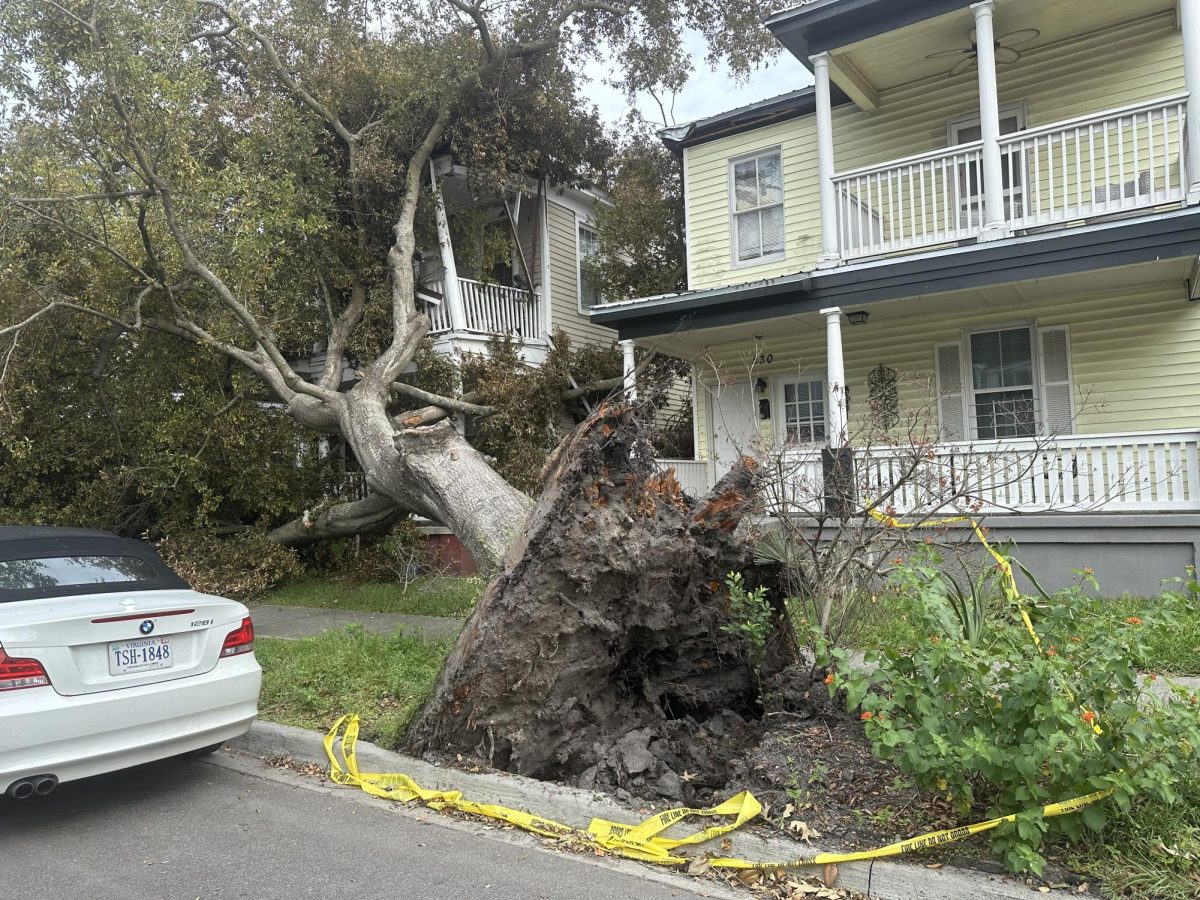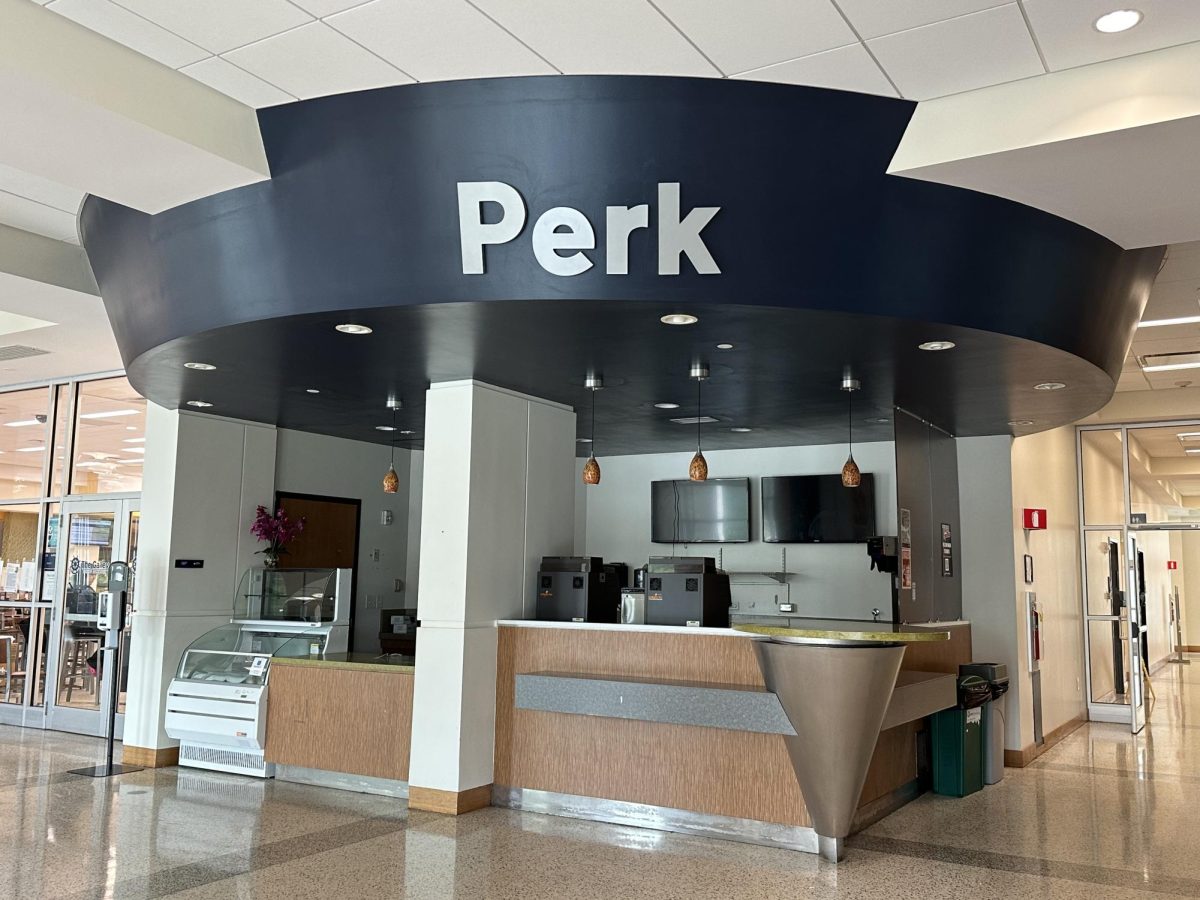Madison Watkins, Staff Writer

The hype of the Great American Total Solar Eclipse finally came to an end on Monday, August 21 at 2:45pm. Many students were able to enjoy the eclipse while school was still in session as professors cancelled their classes for the day.
Senior biology major, Megan Odom, was ready for the eclipse.
“Yes, I care about the eclipse. I have never seen one before in my lifetime, and I may not get the opportunity to see one again. Even though I don’t have eclipse glasses, I still am excited to see the effects of it.”
Undeclared sophomore, Jacob Ivester, was less excited about the eclipse.
“I don’t really get the hype because it has no real effect on me or the outcome of my life. It gets dark everyday, and the only difference for this is that it happens for only a few minutes during the day.”
Anyone that missed the eclipse can catch the next two in 2019 and 2024, though neither will pass directly through North America. While eight more solar eclipses will happen worldwide over the next ten years, only a select few will be visible in North America.
Junior theatre major, Jordan Soto, is excited about the next eclipse in 2024.
“I’m still looking forward to it! As long as we can see more of it because today just seemed like any other rainy day.”
Senior Lecturer of Astronomy and Physics, Donna Mullenax, says Armstrong State University was not in the path of totality: Savannah had 97% coverage. This means the moon covered 97% of the Sun from our view in Savannah.
“The path of totality cut through Georgia, but only through the extreme northeast corner, including Rabun, Towns, Stephens, Habersham, White and Union counties.”
Since Savannah was near the end of the eclipse’s path, coverage did not begin for us until 1:15 pm and ended at 4:09 pm, with our maximum coverage at 2:46 pm.
Local stores sold out of certified solar eclipse glasses weeks before the event, so many students worried about acquiring glasses to safely watch the eclipse. Their worries were largely unwarranted since rainy weather blocked what could have been, what Mullenax called “spectacular.”
Odom also said it was a bit disappointing. “I’m not as excited [to see the next eclipse] as I was for this one.”
While the eclipse was masked by a rain cloud in Savannah, millions of people along the line of totality had the chance to experience the entire solar eclipse.
More information on this year’s eclipse and future eclipses worldwide can be found at www.nasa.gov or timeanddate.com.






